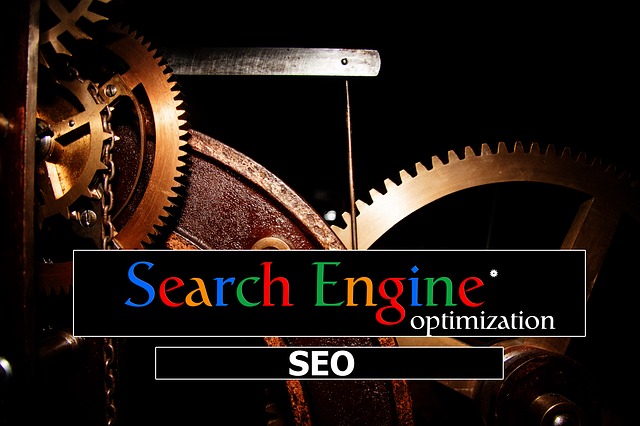
While most small business owners understand how important having an online presence is, many struggle to make the most out of their website. After all, from fine tuning the basic framework to keeping their social media pages updated, there’s a lot that goes into having a successful website.
Of the many concerns, how to improve SEO and search ranking is one of the most common. In general, optimizing for modern search engines is a process that requires time and careful site-specific analysis; however, it doesn’t hurt to keep in mind that an optimized website will often have the following key traits.
Top Notch Content
A great rule of thumb when it comes to SEO and business websites is to write content for people first, and search engines second. This might seem somewhat counterintuitive; however, it actually makes perfect sense.
Not only does content written for a real person (aka clients and consumers) have great appeal and will naturally generate backlinks, increased web traffic, and other ranking benefits, but search engines are also programmed to recognize quality content.
As a result, always make sure that your web content is what people want, namely, it’s specific to a certain topic, unique, and well written.
Easy to Access
A properly optimized website is easily accessible and works well for both humans and search engines.
After all, no one thinks highly of a website that takes forever to load, gives errors, or constantly redirects them to places they didn’t intend to go.
While web performance involves many factors, in general it means that your site loads within a few seconds and is structured in a way that is easy to navigate.
In addition, good business websites also tend to have a low bounce rate and are not stuffed with ads, popups, or problematic Java and Flash elements.
Likewise, while accessibility on computers is critical, it is becoming increasingly important that your business website is mobile-responsive and runs smoothly on other devices such as smartphones and iPads.
Appropriate Keyword and Link Usage
Stepping a bit into technical matters, a well optimized website also utilizes keywords and links appropriately. This means that they don’t use deceptive or black hat methods like keyword stuffing, spamming, or purchased links.
While these underhanded tactics may have temporarily worked in the past, modern search engines are programmed to catch and penalize (or even completely remove) the offending website from their rankings. Since a hit to your rankings is the last thing any business owner wants, nowadays it’s simply not worth attempting to “trick” search engines.
Instead, it is best to just use keywords and links in legitimate and natural ways. For example, primary keywords should be targeted and found in important locations for on-page ranking factors. These include places like the page title, H1 tag, meta description, and URL.
Likewise, appropriate link building is also valuable for SEO and can be done via tactics such as connecting with business partners, linking externally to authoritative pages, and having a business blog that is informative and/or entertaining and easy to share on social media.
While these three traits are important for you to know, there is quite a bit more that goes into SEO.
If you have any questions please leave them in the comments below.
If you’d like to know how well optimized your website is, request a website analysis today.
To your success!
Ken Partain


 Four Common Small Business Marketing Mistakes
Four Common Small Business Marketing Mistakes
Leave a Reply